- By Bella Blog
- Roofing, Roofing Technology
- 0 Comment
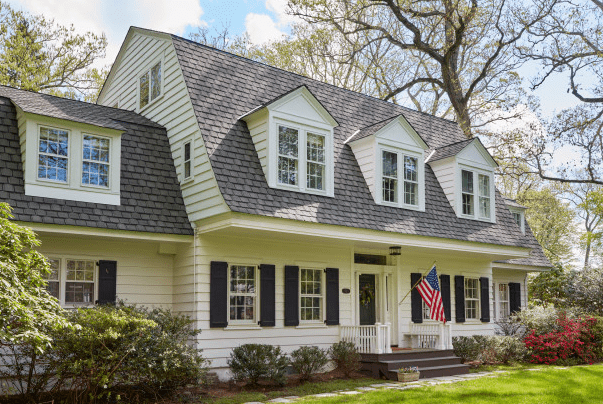
As the summer heat intensifies, it’s important to keep an eye out for signs of shingle damage on your roof. Ignoring these issues can lead to costly repairs down the line. Learn what to look for and how to address potential problems before they escalate.
The Importance of Regular Roof Inspections
Regular roof inspections are crucial in maintaining the overall health and integrity of your roof. By conducting regular inspections, you can identify any signs of shingle damage early on and take necessary actions to prevent further deterioration. Inspections also allow you to identify other potential issues such as leaks, sagging, or missing shingles. It’s recommended to schedule a professional roof inspection at least once a year, preferably before the summer season, to ensure your roof is in good condition.
During a roof inspection, a professional roofer will thoroughly examine your shingles for any signs of damage. They will check for cracked, curled, or missing shingles, as well as any signs of granule loss. They will also inspect the flashing around chimneys, vents, and skylights to ensure it is properly sealed. Regular inspections can help detect shingle damage early, allowing you to address the issues promptly and prevent further damage to your roof.
Common Signs of Shingle Damage
It’s important to be aware of the common signs of shingle damage so that you can identify any issues before they worsen. One of the most obvious signs is visible damage to the shingles themselves. Cracked, curled, or missing shingles are clear indications of damage. Another sign to watch out for is granule loss. If you notice an excessive amount of granules in your gutters or downspouts, it could be a sign that your shingles are deteriorating. Additionally, if you see any water stains on your ceiling or walls, it could be a sign of a roof leak caused by damaged shingles. Pay attention to any signs of discoloration or dark spots on your roof, as these could indicate algae or moss growth, which can lead to shingle deterioration.
If you notice any of these signs, it’s important to address them promptly. Ignoring shingle damage can result in more extensive and costly repairs in the future. By taking action early, you can prevent further damage to your roof and extend its lifespan.
Causes of Shingle Damage in Summer
The summer season can pose several challenges to the health of your shingles. One of the main causes of shingle damage in summer is the intense heat. Prolonged exposure to high temperatures can cause shingles to become brittle and prone to cracking. The expansion and contraction of the shingles due to temperature fluctuations can also lead to curling or warping. Another common cause of shingle damage in summer is severe weather conditions such as heavy rain, hailstorms, or strong winds. These weather events can dislodge or break shingles, leaving your roof vulnerable to leaks and further damage.
In addition to the weather, poor installation or maintenance practices can also contribute to shingle damage. Improperly installed or poorly maintained shingles are more susceptible to damage and may not provide adequate protection for your roof. It’s important to hire a professional roofer for the installation and maintenance of your shingles to ensure they are properly cared for and can withstand the summer elements.
DIY Tips for Maintaining Shingles
While it’s recommended to hire a professional roofer for major repairs or inspections, there are some DIY tips you can follow to maintain the health of your shingles. Regularly cleaning your roof and removing any debris, such as leaves or branches, can prevent the accumulation of moisture and the growth of algae or moss. Use a soft-bristle brush or a leaf blower to gently remove debris without causing damage to the shingles. Additionally, it’s important to keep your gutters clean and free of leaves and debris to ensure proper drainage and prevent water from backing up onto your roof. Inspect your gutters regularly and remove any clogs or blockages.
Another DIY tip is to trim any overhanging tree branches that may be touching or rubbing against your roof. These branches can cause damage to the shingles and provide a pathway for pests to access your roof. By keeping the area around your roof clear of tree branches, you can minimize the risk of shingle damage. Finally, be cautious when performing any DIY repairs on your roof. If you’re not comfortable or experienced with roof repairs, it’s best to leave it to the professionals to avoid causing further damage.
When to Call a Professional Roofer
While there are DIY tips for maintaining your shingles, there are certain situations where it’s necessary to call a professional roofer. If you notice significant damage to your shingles, such as large areas of missing or broken shingles, it’s best to leave the repairs to the experts. They have the knowledge, skills, and tools to properly assess the damage and perform the necessary repairs. Additionally, if you have a roof leak or notice water stains on your ceiling or walls, it’s important to contact a professional roofer as soon as possible. Roof leaks can cause extensive damage to your home if left untreated and should be addressed promptly to prevent further issues.
Call Bella Construction Today for A Free Estimate or Inspection of your roof… 724-515-5163.
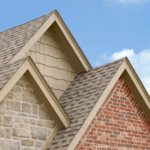
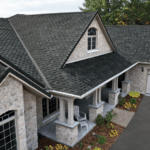
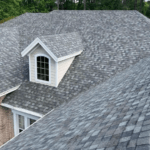
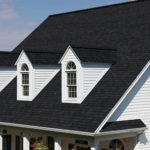

Call Us Today....724-515-5163
www.mybellaroof.com
Bella Blog
Welcome to Bella Construction & Developement Inc., where excellence meets affordability in the realm of construction services.
